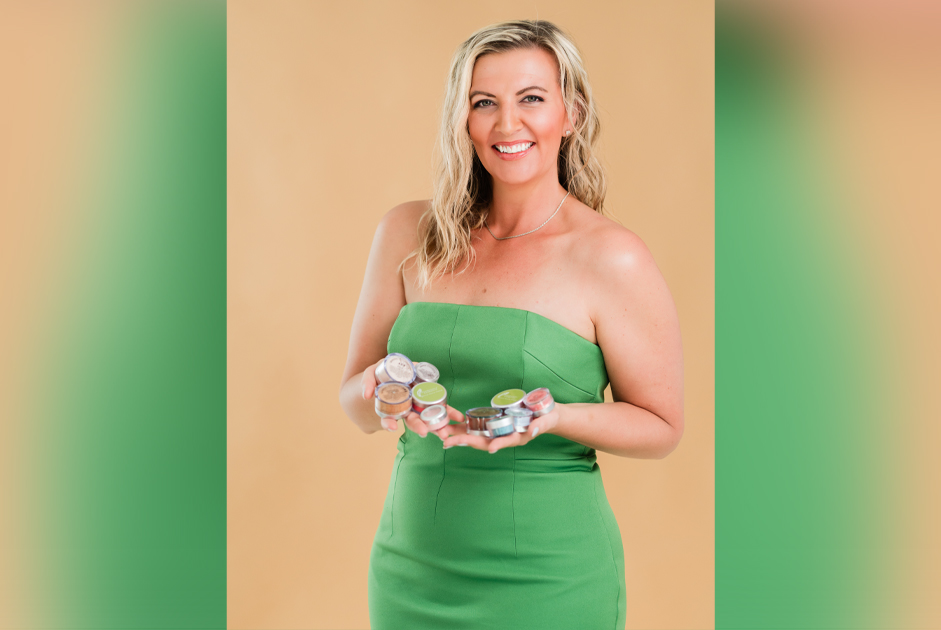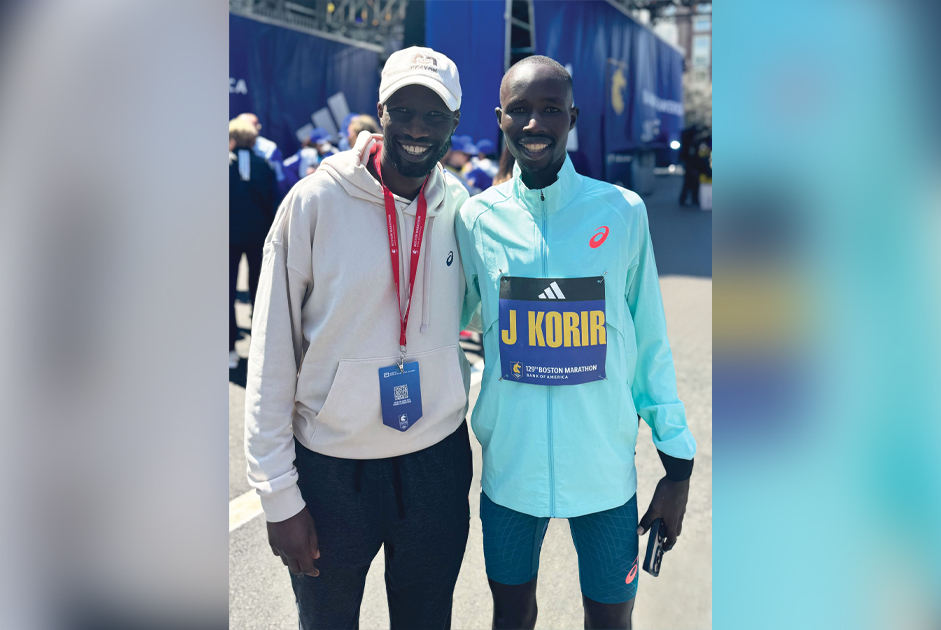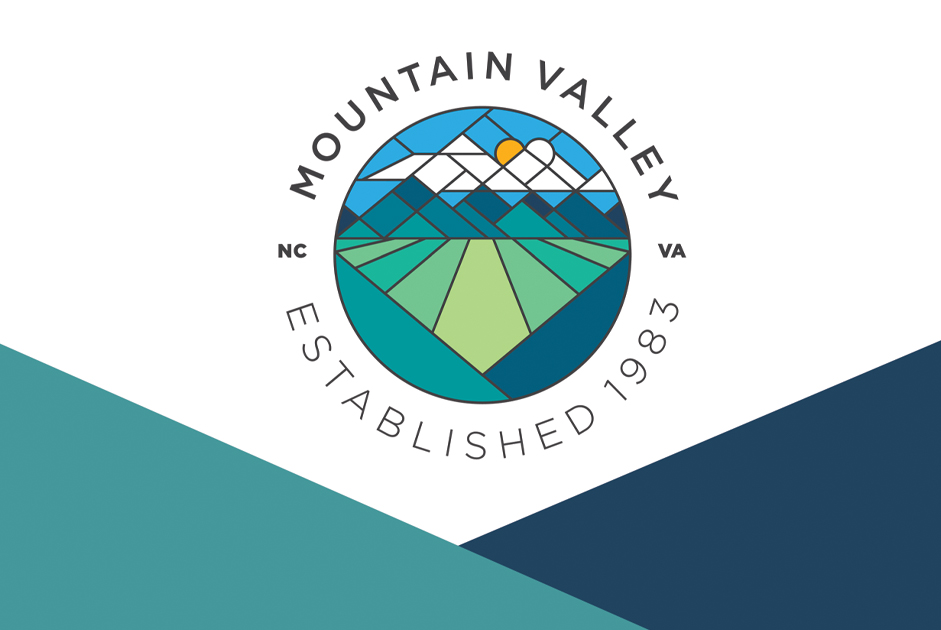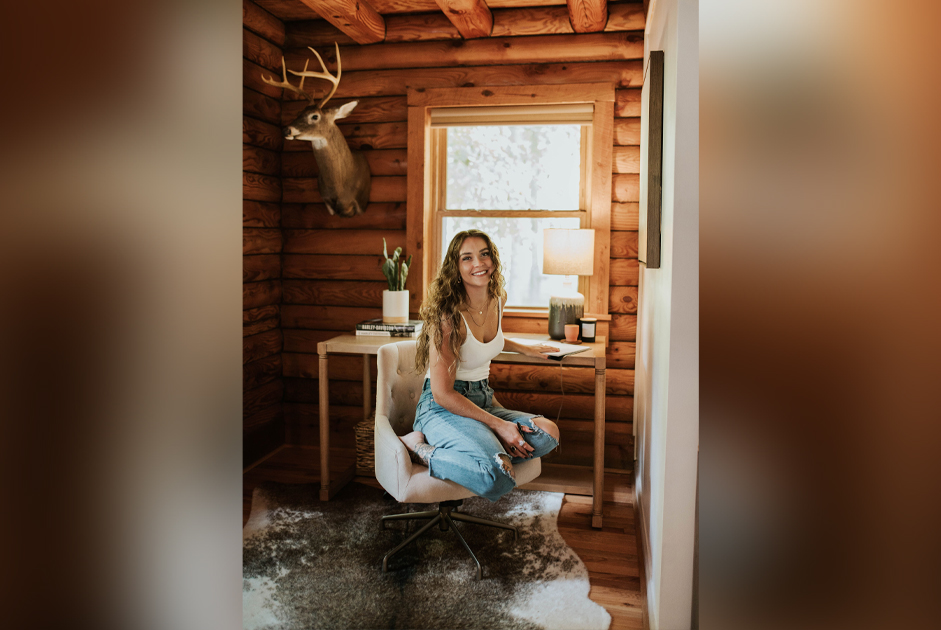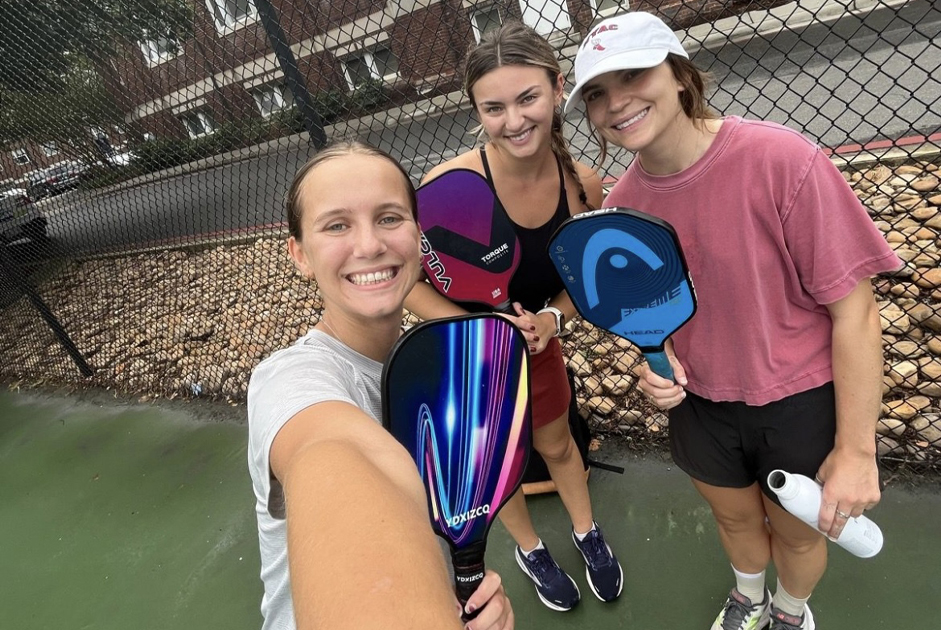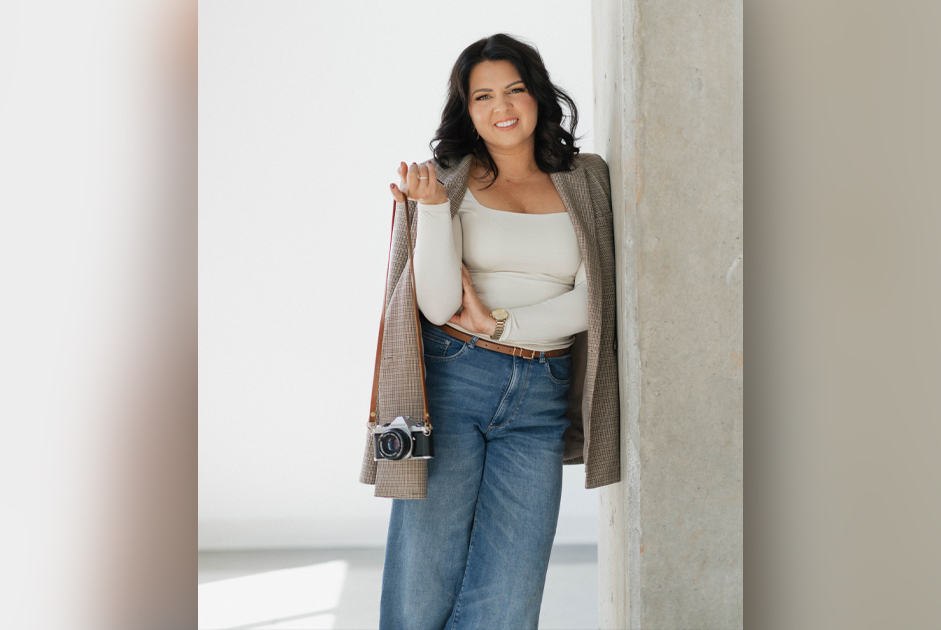There is often a misconception about yoga. Those who haven’t practiced it before may think of it as just stretching. While it does contain moves that will push your flexibility limits, it’s certainly not just stretching. I have never worked up a dripping sweat while stretching but I certainly have during some yoga practices, that weren’t even in Hot Yoga!
A great benefit of yoga is the range of practices you can find. A one size fits all yoga practice doesn’t seem to exist. You can tailor it to the time of day you do your practice or based on your personal wellness goals. Yoga can be your method of wellness for weight loss, building your physical stamina, improving your sleep quality, benefiting your gut, immune and digestive system, reducing stress and even improving your skin. Exercise in any form is a great way to naturally boost your body’s collagen production!
Vinyasa is a type of yoga that focuses on the “flow” of the movements. It’s best suited for those that are familiar with yoga poses. It incorporates a breath to movement connection. You flow from one posture to another, while inhaling or exhaling with each movement into a new posture. This is a great yoga practice for those that like a faster paced style of exercise and it’s great for those of us that want to increase our overall mood, reduce blood pressure and stress and those that might find falling asleep a difficult task. This style of yoga can really get your heart rate up, giving you a surge of endorphins, which make you immediately feel great. This is my go-to when I might feel anxious or even sad – it’s a great overall pick-me-up practice.
Hatha yoga is a slower, gentler practice generally with some meditation intermingled. In hatha yoga, you will hold poses for several deep breaths, again connecting the breath to your practice. The deep breathing in poses like Mountain will automatically calm your nervous system and reduce any anxiousness you might be carrying. This is a very grounding practice. You will often hear instructors telling their students to be mindful of the way their feet feel connected to the earth beneath them. Mountain (Tadasana in Sanskrit) pose can be practiced in a few variations, and all include the feet grounded to the earth with the toes spread, strengthening the muscles of the feet.
Kundalini yoga is called the yoga of awareness. The practice often contains movements that are repeated many times. It’s a very focused practice that includes breathing techniques, mantras and even changing, all forms of unblocking energy from the base of the spine and moving it upwards through all the body’s chakras, improving your overall wellness. Some find this style of yoga to be insightful and powerful. During a Kundalini class, you will find yourself in a very focused kriya. A kriya is very similar to a lesson plan that includes very specific ways to achieve a goal, like easing a heavy heart or improving digestion. Kundalini yoga is often known to be a deep spiritual practice, not one for helping improve balance or focusing on a weight loss goal.
In addition to the traditional types of yoga, you can find interesting variations of newer yoga practices like HIIT [high intensity interval training] yoga. These are cardio workouts using yoga poses in a very high intensity fashion, repeating at fast paces. This would be a great addition to anyone who wants to increase their cardio and increase that feel-good endorphin surge you find with Vinyasa. HOT yoga is practiced in rooms with temperatures that range from 90 to 105 degrees. This is for you if you are looking to really break a sweat, increase your caloric burn and increase your flexibility.
Breathwork in yoga is an all-encompassing principle. One of my favorites is the ocean breath, or Ujjayi. This is used frequently in the Vinyasa practice of yoga. In this technique you breath in and out through the nose, but lightly constricting the back of the throat as you exhale through the nose, which creates an ocean sound much like you would hear in a seashell. This technique lengthens each breath cycle. Breathwork is a great tool you can use outside your yoga practice anytime you feel stressed to bring your stress level down. Often instructors will remind you to breathe through a stressful pose, knowing it won’t last forever. Concentrating on the breath and increasing your oxygen intake at any moment of stress can greatly improve the way you feel in the moment!
While yoga and breathwork are greatly connected and have so many benefits physically, the greatest benefit is that it truly brings you mental balance along with the physical. If you haven’t ever given yoga a shot because you aren’t flexible, don’t worry, you don’t have to be flexible to do yoga. There are a ton of props you can use around you to help you achieve the poses, such as a thick book – it is a great substitute for a yoga block, or a folded towel can help you when you can’t quite reach with your hand. And never skip your savasana (pronounced Shavasana), also known as corpse or dead pose. It is your time to rest and digest, relaxing every muscle in your body and to simply be, the greatest feeling after any practice!



